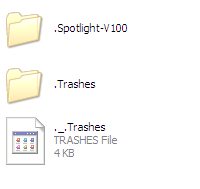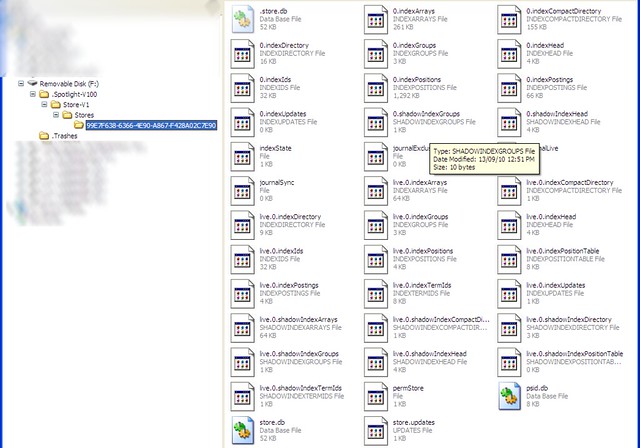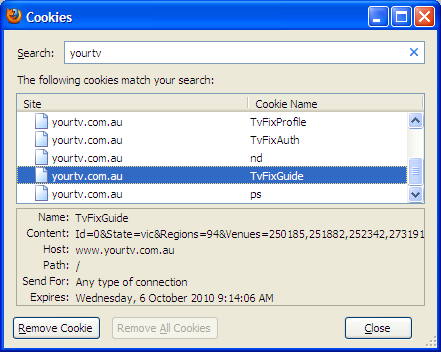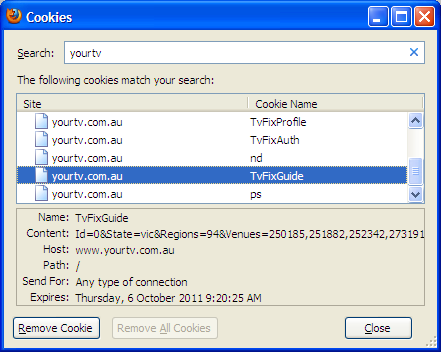I was using a USB drive to move copy files from a Windows box onto a Mac.
Easy enough; plug it in, copy the files over.
Then I plugged the drive back into a Windows computer. What do I see? Oh, delightful, MacOS added some hidden directories for Trash and Spotlight.

Harumph. Annoying, but no biggy I guess.
Wait a sec, what’s inside those directories? A bunch of stuff, it turns out:
How about: .Spotlight-V100 \ Store-V1 \ Stores \ [long hex string] … and inside there, about 2Mb of junk.

Now, I could understand that if I’d copied anything from the Mac back onto the USB drive, thus it might have needed all that stuff to do the wonderful Spotlighty things in the future.
But just copying stuff off it? Why make that assumption and dump all this crap on it? Particularly hidden, so many people wouldn’t even spot it.
Oh well, it’s in keeping with the iTunes bloatware philosophy of dumping heaps of software onto your PC that most people don’t need. Ed Bott’s updated his guide to avoiding that with iTunes 10:
Apple still gives its customers a monolithic iTunes setup program with absolutely no options to pick and choose based on your specific needs.
Why is that important? When you run the iTunes setup program, it unpacks six Windows Installer packages and a master setup program, which then installs nearly 300MB of program and support files, a kernel-mode CD/DVD-burning driver, multiple system services, and a bunch of browser plugins. It configures two “helper” programs to start automatically every time you start your PC, giving you no easy way to disable them. It installs a network service that many iTunes users don’t need and that has been associated with security and reliability issues.
And you wonder why I dislike iTunes with a passion that burns like the fire of a thousand suns?
It’s a must-read if you’re installing iTunes on Windows.





